16 January 2025. Today, there are important updates from the Kursk direction.
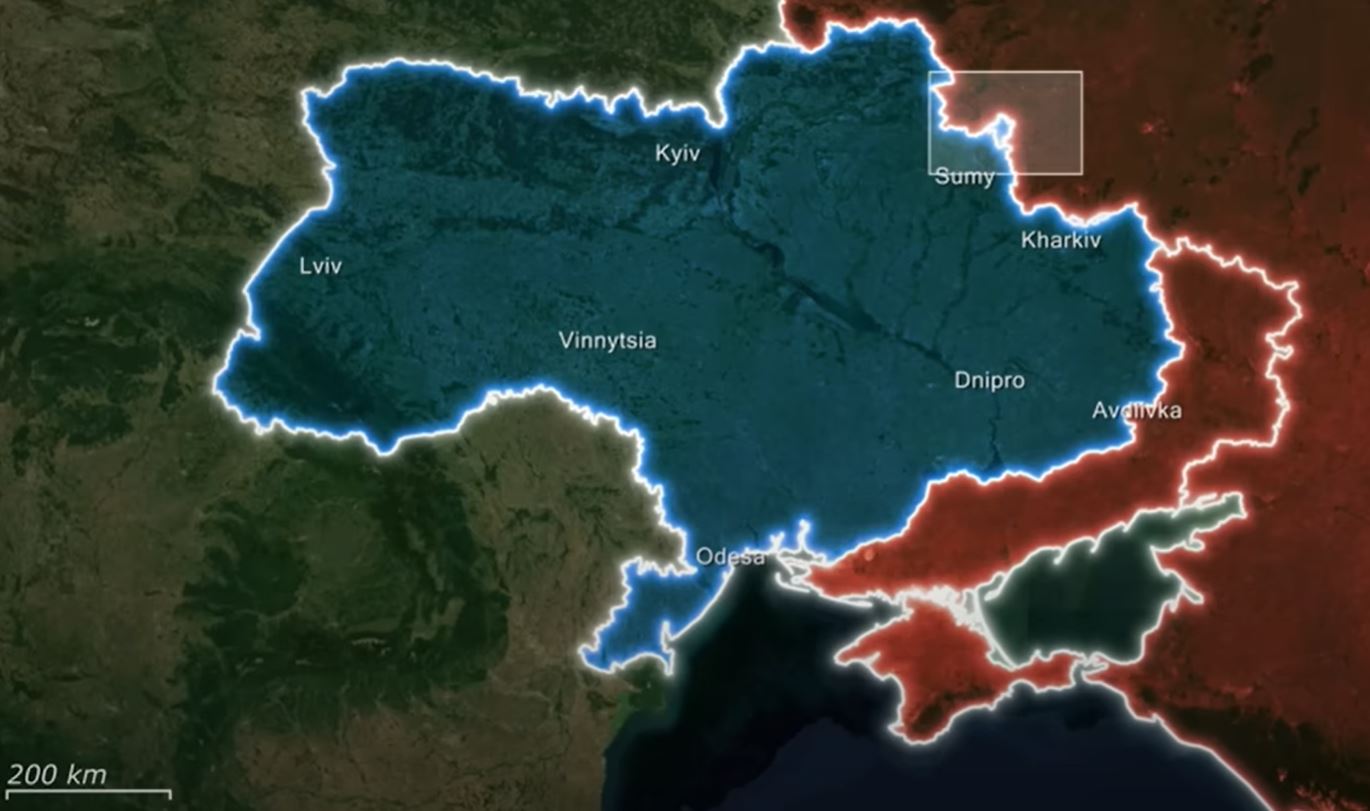
Here, the elite Ukrainian special forces capitalized on their momentum and launched a decisive counterattack in the Kursk region near Kruglenkoe, targeting the exhausted North Korean troops in a forested area. Benefitting from their superior skills and modern equipment, they dealt a decisive blow to the enemy before the North Koreans could consolidate control over this territory.
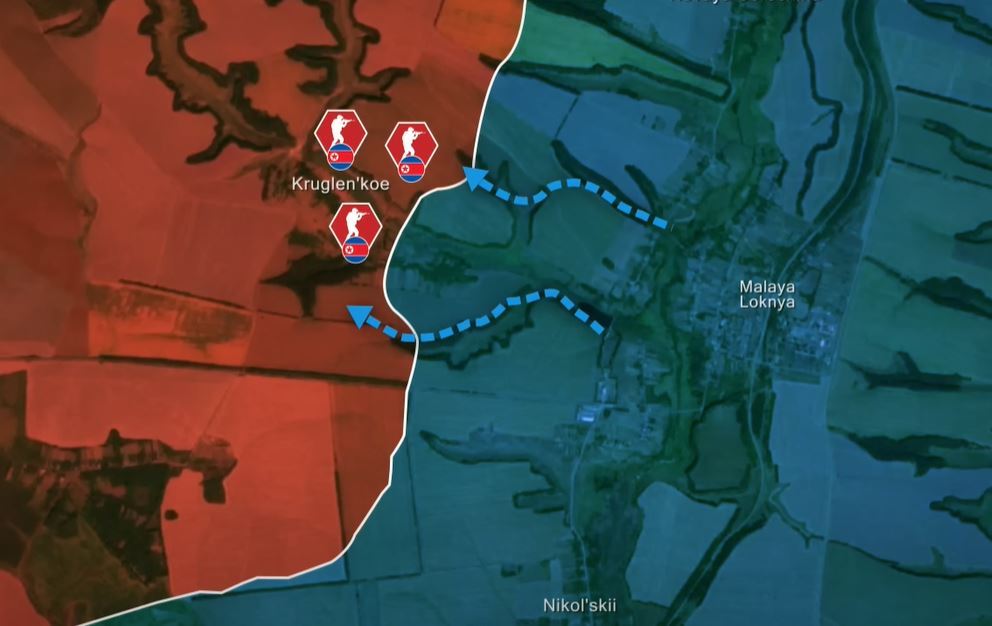
The Ukrainian aim was to neutralize the remaining North Korean troops, clear this sector of the frontline, and reclaim strategic positions near Kruglenkoe.
North Korean losses and vulnerabilities
This effort was critical in preventing the enemy from consolidating their foothold and ensuring the frontline remained stable. Ukrainian special forces capitalized further on their momentum from a successful tank raid on Mykolaivka, which we discussed in a previous report, so they launched the counterattack with the dual goal of eliminating enemy survivors and pushing the frontline back to Kruglenkoe. Reclaiming this area was essential to disrupt Russian plans for further offensives and to safeguard Ukrainian positions near Malaya Loknya.
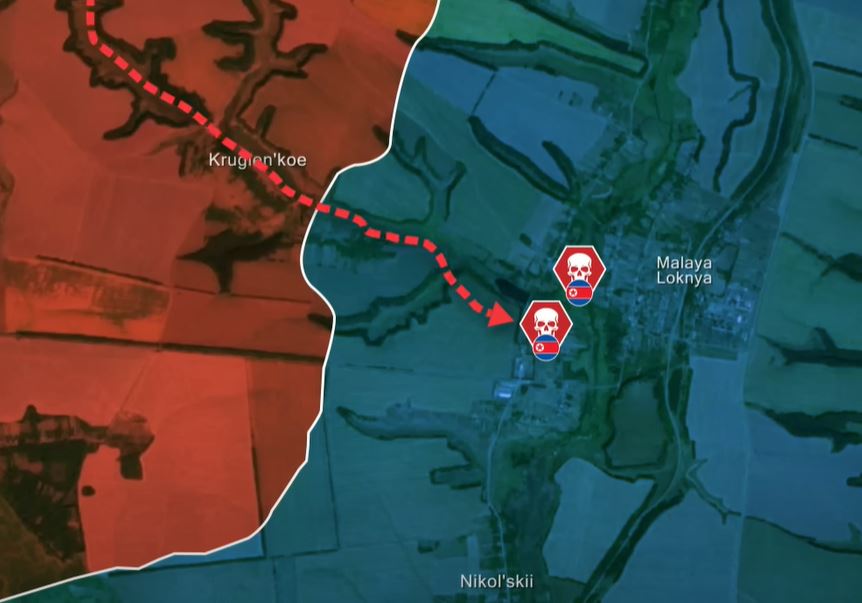
Ukrainian special forces sought to exploit a moment of vulnerability after a series of disastrous North Korean assaults on Malaya Loknya, where the deployed enemy units had been left heavily depleted. Because North Koreans fought almost until the last man was dead, these units suffered catastrophic losses due to poor coordination and a near-total absence of fire support from Russian forces. Ukrainians Intelligence reports estimate approximately 4,000 North Korean casualties in the region, attributed to Russia's neglect in providing adequate artillery and logistical support.
Tactical advantages: Ukrainian technological and logistical superiority
To achieve their objectives, Ukrainian operators relied on rapid assaults backed by extensive fire support. Equipped with thermal scopes, these elite forces operated with unparalleled precision.
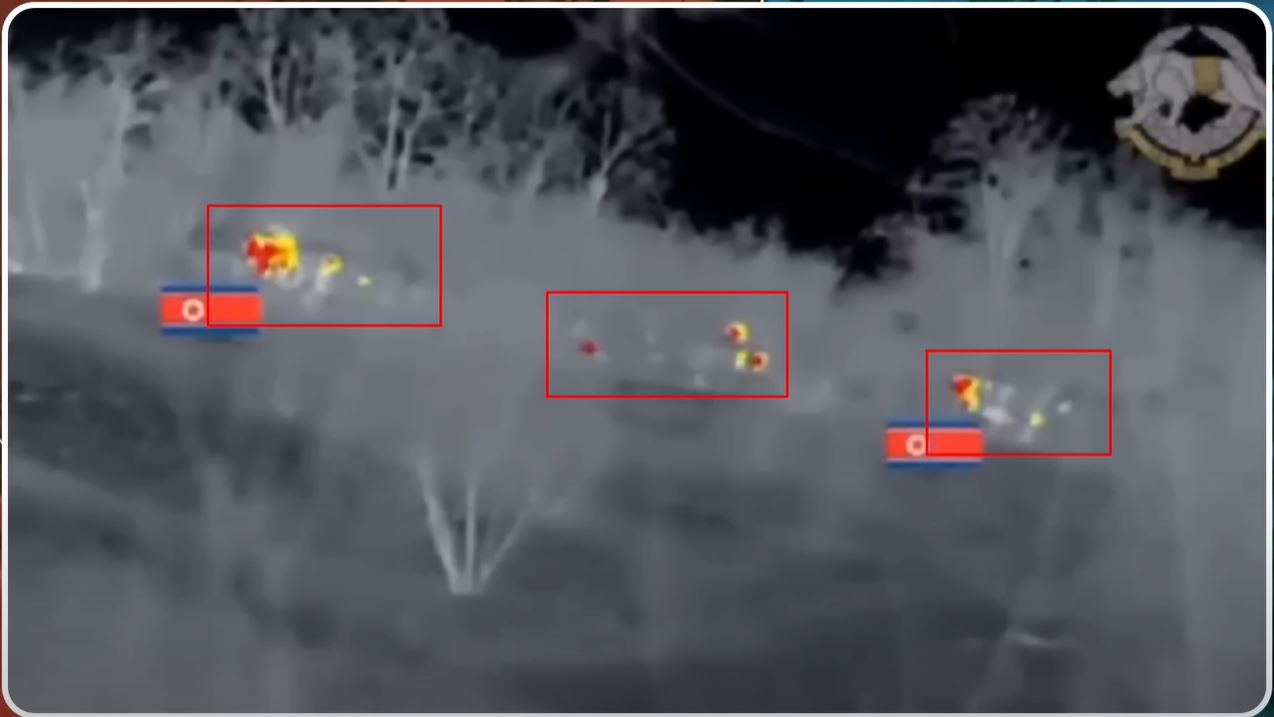
Advanced technology allowed them to detect enemy positions as the North Korean soldiers were heavily contrasted against the cold and snowy background, which made the Ukrainians much more effective.
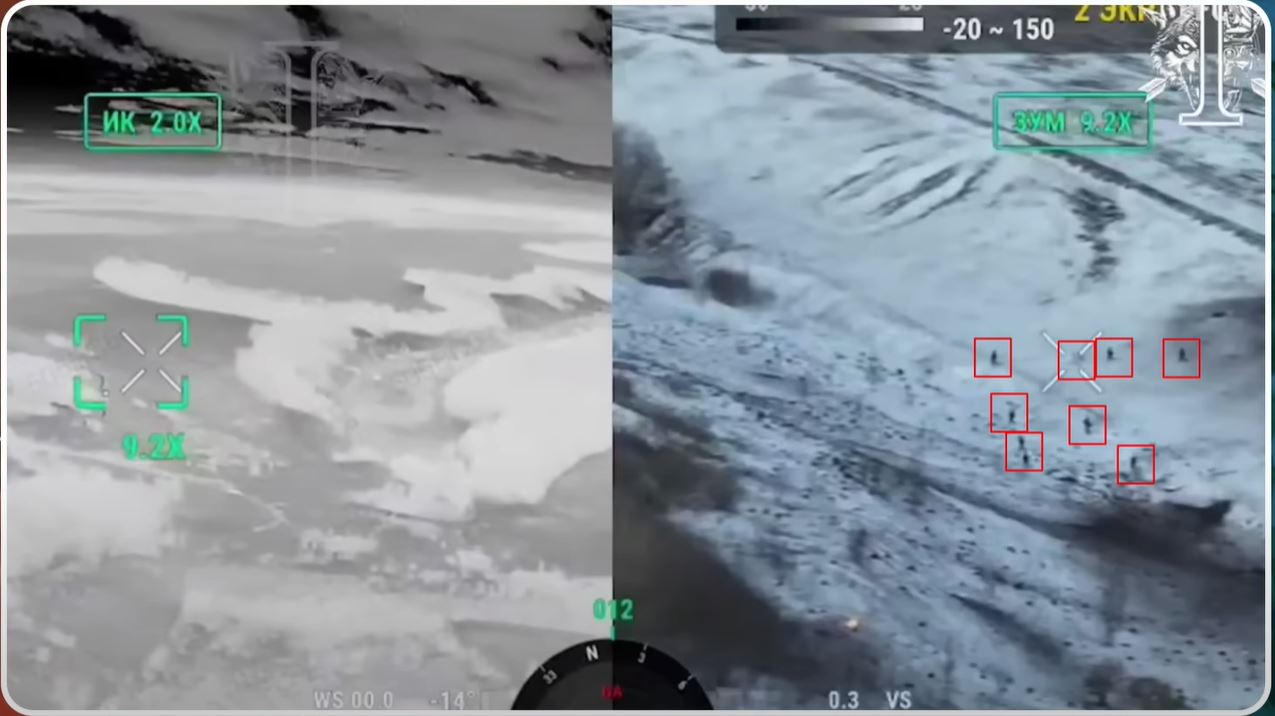
Coupled with superior preparation and coordination, these capabilities gave the Ukrainians a decisive edge over the North Korean troops, who lacked comparable equipment and modern training.
The Ukrainian forces also leveraged their logistical advantage. By operating from Malaya Loknya, they could resupply efficiently and minimize the risk of detection during troop movements due to the short travel time. By striking swiftly and unexpectedly, they aimed to deny the North Koreans any opportunity to prepare or reinforce their defenses.
Operational challenges: Terrain and enemy positions
Despite their advantages, the Ukrainian soldiers faced significant challenges.
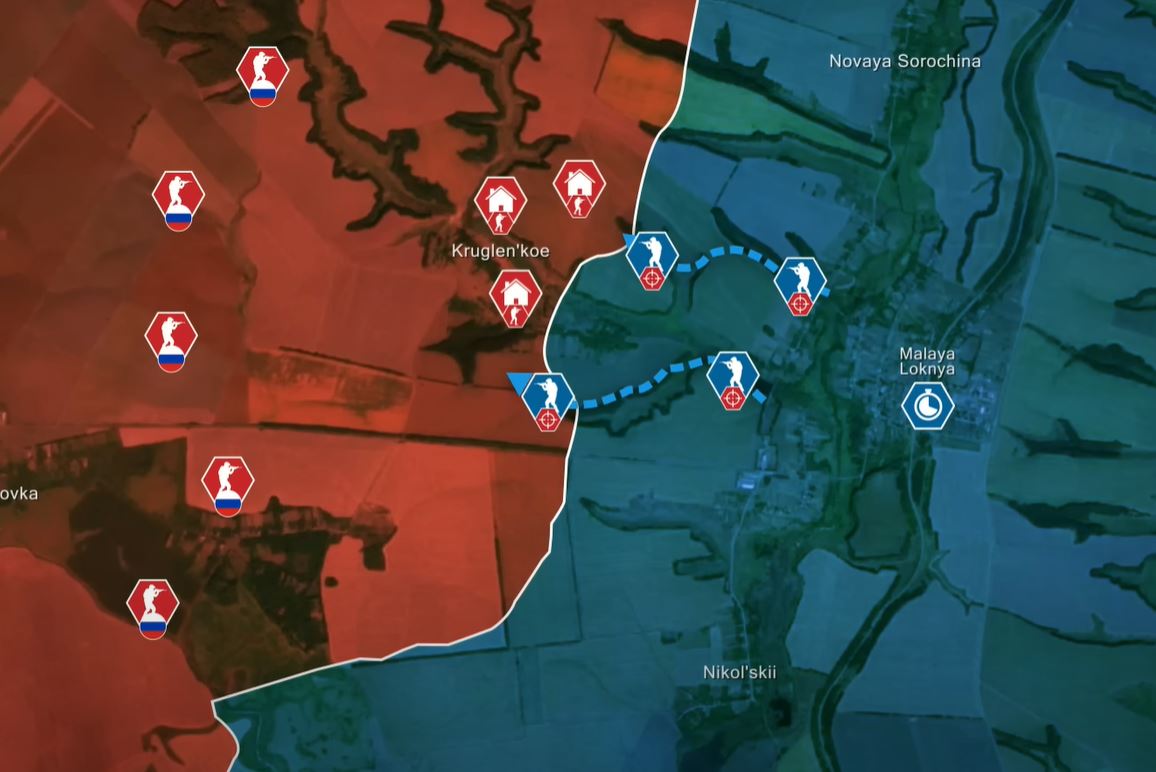
The North Korean troops had already taken positions in forested areas and houses, which provided them with natural and structural cover against Ukrainian aerial reconnaissance and drone strikes. Clearing such terrain required meticulous planning and could have exposed the Ukrainian special forces to ambushes. Additionally, the persistent risk of Russian reinforcements arriving to bolster the North Koreans added a layer of urgency to the operation. Ukrainian forces had to act decisively before the enemy could regroup and launch further assaults.
Combat engagement: Direct conflict and resistance
The counterattack near Kruglenkoe began with camouflaged Ukrainian troops advancing into the forested area where North Korean soldiers were regrouping for an offensive. The Ukrainians opened fire, quickly neutralizing many of the enemy combatants. During the operation, they examined the bodies of fallen North Korean soldiers and discovered one survivor. As they attempted to take him prisoner, the soldier pulled a grenade, shouted a defiant cry, and detonated it, killing himself in an act of desperation. A Ukrainian soldier narrowly avoided injury, jumping back just in time.
Following this operation, a 15-man Russian assault group was sent to locate the Ukrainian operators.
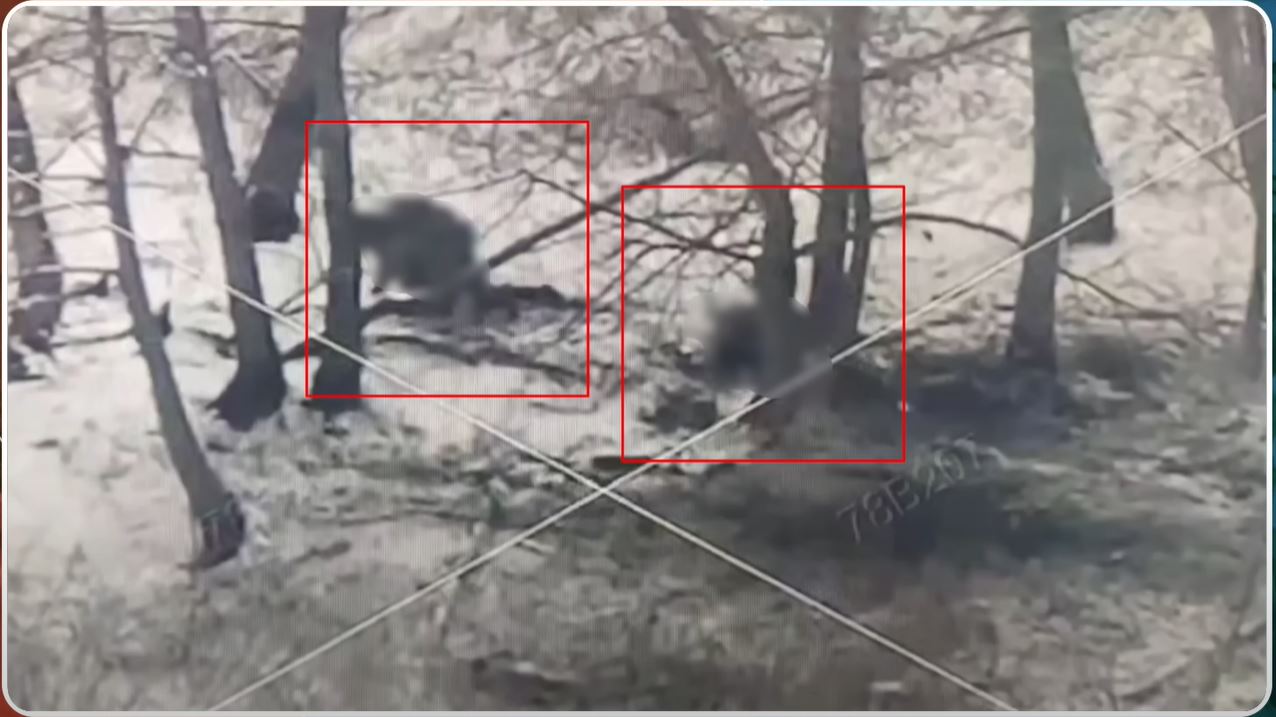
However, their efforts proved futile as they were swiftly detected by Ukrainian drone units, who destroyed the enemy group with precision and efficiency.
Operation outcomes: Strategic gains and implications
Overall, the operation resulted in the elimination of more North Korean soldiers and the dismantling of their attempt to consolidate their positions, due to the superior training, equipment, and tactical execution of the Ukrainian special forces. By eliminating the remnants of the North Korean contingent and reclaiming strategic positions near Kruglenkoe, Ukrainians have strengthened their defensive line and dealt a significant blow to enemy morale.
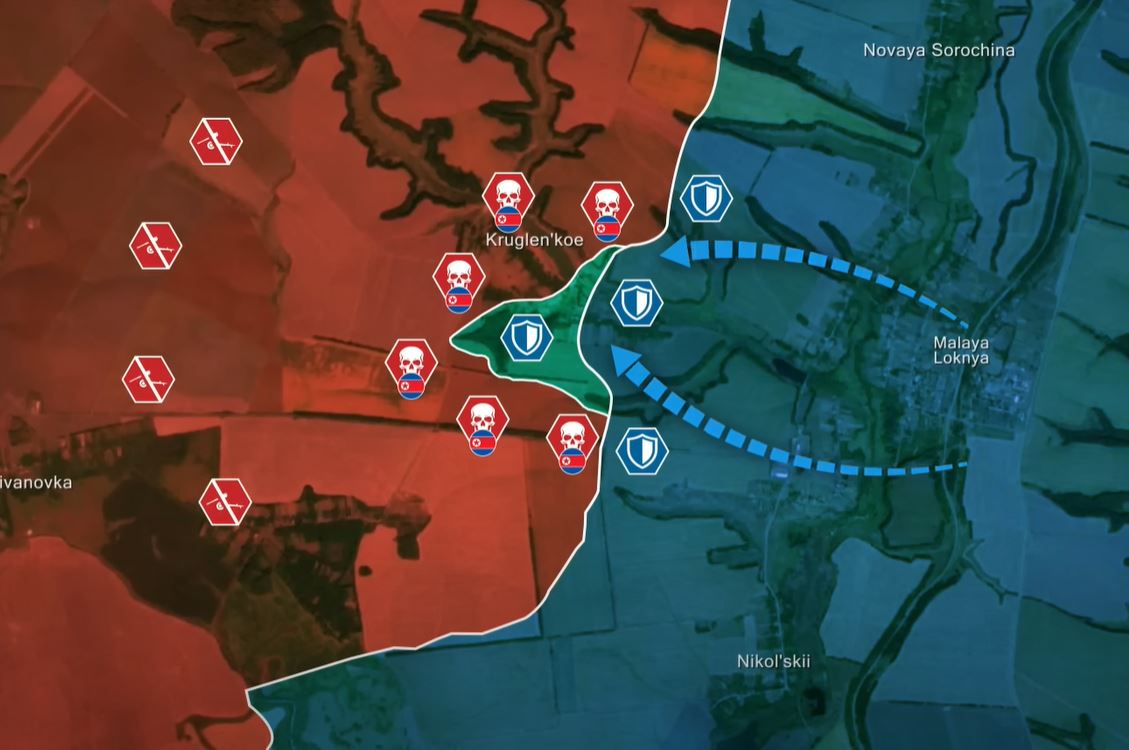
The high casualties among North Korean troops highlight the unsustainable nature of their deployment under Russian command, plagued by inadequate fire support and poor coordination, while underscoring the Ukrainian military’s ability to exploit enemy weaknesses.
In our daily frontline report
, we pair up with the military blogger Reporting from Ukraine to keep you informed about what is happening on the battlefield in the Russo-Ukrainian war.
Related:
- ISW: All 12,000 North Korean troops in Kursk may be lost by April 2025
- Frontline report: North Koreans lose one-third of troops in Kursk, deploy Russian grannies as shields
- South Korea offers shelter to North Korean POWs captured fighting for Russia against Ukraine
- Frontline report: North Koreans engage Russians as Russian command post strike causes chaos in southern Kursk
- Russians destroy their own North Korean-made SAM system, claiming it was “Western-made radar”
- Seoul intelligence unmasks identities of first North Korean POWs in Ukraine, points to their weak spot
- Ukrainian soldiers repel North Korean assault in Kursk Oblast, eliminate 18 fighters
- Ukraine’s Kursk operation thwarts Russian invasion plans, inflicts 38,000 casualties since August 2024
